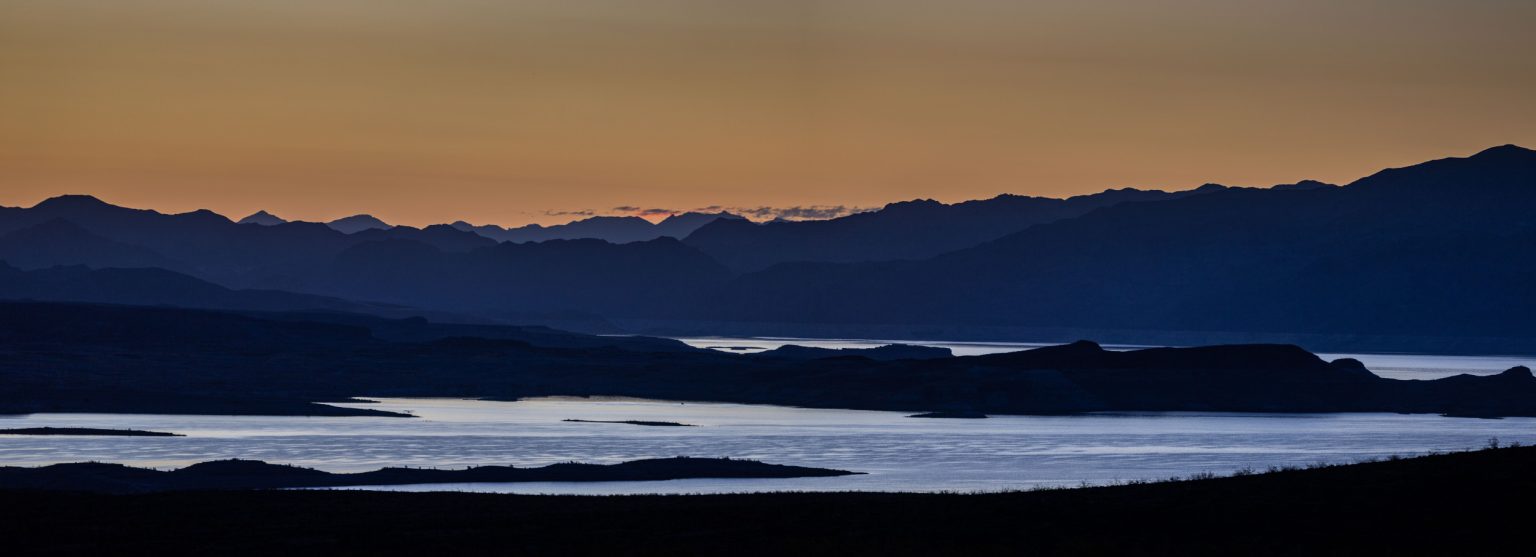Visitors to Lake Mead were cautioned against boating on the reservoir over the weekend due to severe winds expected to have a significant impact on the waters. A late-season winter storm was forecasted to move into California, bringing over 12 inches of snow to the high-elevation Sierra Nevada, with possible locally higher amounts between 18 and 24 inches. Lower elevation areas were anticipating rain, with the heaviest precipitation expected on Saturday. While Las Vegas wasn’t expecting snow or heavy rain, high winds were predicted to blow through the area, prompting meteorologists to issue high wind watches.
In Las Vegas, southward winds were projected to blow between 30 and 40 miles per hour, with gusts up to 60 mph possible. The winds were expected to start on Saturday morning and last through Sunday night, potentially leading to widespread power outages, blowing dust, and debris. Residents in the area were advised to secure any loose items, and boaters were warned of the effects of the high winds. NWS meteorologist Barry Pierce explained that lake vendors typically refuse to rent boats when wind speeds reach 20 to 30 miles per hour due to the danger posed by such conditions. Strong winds were also expected in areas such as the White and Inyo Mountains, Lake Havasu, and Fort Mohave, creating hazardous conditions for small craft.
The NWS Las Vegas office issued a high wind watch for various regions, including the Eastern Sierra Slopes, Death Valley National Park, San Bernardino County-Upper Colorado River Valley, and others, warning of rough waves and hazardous conditions on area lakes due to the strong winds. In California, travel was expected to become hazardous, with motorists potentially needing to use chain controls. The heaviest snowfall was anticipated in Lassen Volcanic National Park, with up to 24 inches of snow, while the most rain was expected in Blue Canyon, with 3 inches. Widespread amounts of rainfall ranging from .25 inches to over an inch were forecasted throughout the region, with possible impacts on travel and outdoor activities.
The warning against boating on Lake Mead underscored the danger posed by the severe winds that were forecasted to hit the region over the weekend. Strong gusts were expected in various areas, prompting caution from meteorologists and authorities. The potential for widespread power outages, blowing dust, and debris highlighted the need for residents to secure their surroundings and avoid unnecessary outdoor activities. In addition to Lake Mead, other lakes and mountainous regions were also expected to experience strong winds, creating hazardous conditions for boaters and small craft.
The impact of the anticipated storm extended beyond Lake Mead, with a late-season winter storm set to bring significant snowfall to the Sierra Nevada and heavy rain to lower elevation areas. The forecasted high winds in Las Vegas and surrounding regions posed a risk of power outages and dangerous conditions, prompting warnings from meteorologists. Californian regions were also preparing for hazardous travel conditions, with possible chain controls and varying amounts of snow and rainfall expected. Residents and travelers were advised to stay updated on weather forecasts and take necessary precautions to ensure their safety during the storm.
Overall, the weekend weather forecast for the region indicated potentially severe conditions, including high winds, snowfall, and rainfall in different parts of Nevada and California. The warnings issued by meteorologists emphasized the need for caution and preparedness, particularly for boaters, residents, and travelers in the affected areas. By staying informed and following safety guidelines, individuals could mitigate the risks associated with the impending storm and its potential impacts on various aspects of daily life.


